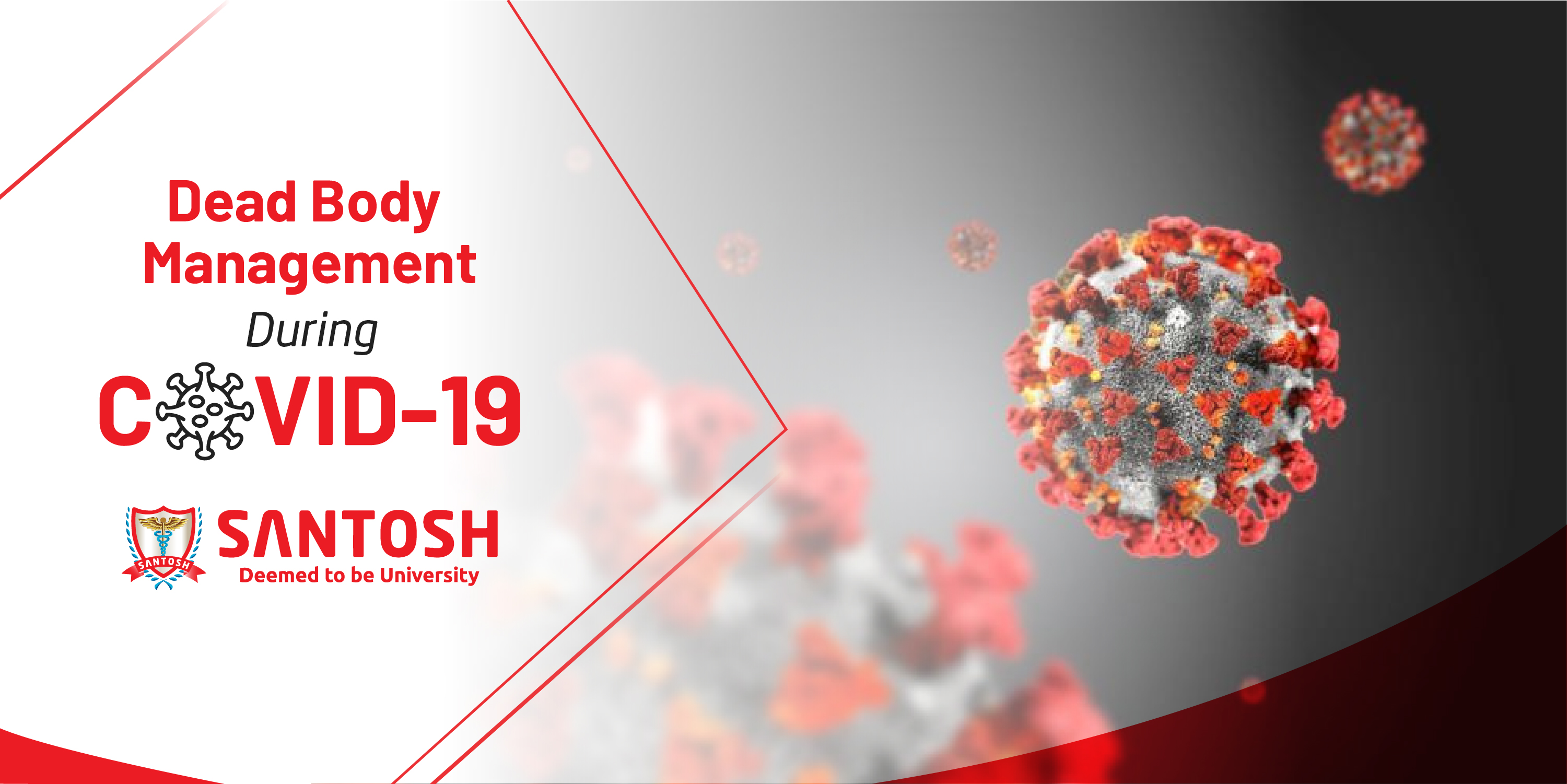Covid-19 has reached almost all the nations in the world. More and more people are dying from it and in some countries, even the army has been called upon to help dispose of the dead as there is a shortage of coffins, and undertakers are overwhelmed. Therefore, it is essential to have measures in place to prevent the spread of infection while handling dead bodies. In view of this, different guidelines and protocols have been proposed .
The Ministry of Health and Family Welfare in India issued a detailed guidance for the handling of infected dead bodies. It recommends leak-proof plastic body bags with a thickness of not less than 150 µm to be used with another layer of a mortuary sheet or opaque bag and decontamination of the exterior of the body bag. Further, no embalming is allowed. The Indian Council for Medical Research considers the preferred method for disposal to be cremation by electric or CNG (Compressed natural gas)-run crematoria.
WHO recommendations
Step-wise approach
- Isolation ward: Ensure that personnel who handle the body apply standard precautions, including strict hand hygiene and appropriate PPE. Prepare the body for transfer including removal of all lines, catheters and other tubes and ensure that any body fluids leaking from orifices are contained and keep movement and handling of the body to a minimum.
- Proper packing before transfer: Wrap the body in cloth and transfer it as soon as possible to the mortuary area. Using leak-proof body bags may avoid excessive body fluid leakage. The isolation room should be properly disinfected after the transfer.
- Transfer of body to the mortuary: It is preferable to transport corpses in a cleanable, fluid retentive (e.g. fibreglass), temporary coffin.After every transfer the vehicle or stretcher should be disinfected with chlorine-containing disinfectant.
- In cold storage: The designated compartments of cold storage facility should be used and disinfected after removal of the body. If possible, discontinue the cold chain in them when not in use.
- Shifting and preparation for autopsy: Mortuary staff preparing the body should wear appropriate PPE.
- Autopsy: In a confirmed case of Covid-19 death autopsy should be avoided; however, it may be conducted in a medico-legal case. The lungs and other organs may still contain live virus, so additional respiratory protection is needed during aerosol-generating procedures (e.g. use of power saws or washing of intestines
- Packing of body: After autopsy, all organs should be retained inside the body and all cavities and body orifices should be plugged. Wound drainage and needle puncture holes should be disinfected and dressed with impermeable material.The body should be wrapped in cloth and kept inside an impermeable body bag. If the risk of leakage of fluid is high, then double body bagging should be done and their surfaces wiped with a suitable disinfectant.
- Handing over the body: When the body is handed over to the police and relatives after autopsy, then they must be advised not to open the bags or touch the body and not to gather together to minimise spreading infection.
- At home: If the family wishes just to view the body and not touch it, they may do so, using standard precautions at all times.
- At funeral site: At a funeral home, the body handlers (e.g. those tasked with placing the body in the grave, on the funeral pyre, etc.) should wear appropriate PPE. The body should be cremated as soon as possible with post-funeral hand hygiene of handlers and sanitising the specified area. The ash can be collected to perform the last rites. There should be no large gathering at the crematorium or burial ground.
- Environmental cleaning and control: The virus can remain infectious on surfaces for up to nine days and can be detected for up to 72 h in experimental conditions. Therefore, keeping the environment clean is very important. All HVAC (Heating Ventilation and Air Conditioning) system should be shut down and windows be kept open. Environmental surfaces and instruments should be disinfected between procedures.
- Deaths at home: Families and traditional burial attendants can be equipped and educated to bury people under supervision. Family members must reduce their exposure as much as possible. The belongings of the deceased should be handled with gloves and cleaned with a detergent and chlorine-based disinfectant. Clothing and other fabric should be machine washed in detergent with warm water and allowed to dry in sunlight.
- Waste management: All medical waste must be handled and disposed of in accordance with biomedical waste management rules. Double-layer packaging bags and gooseneck-type seals should be used in layers. There should be warning signs on the outer surfaces and high-risk wastes should be pressure steam sterilised or chemically sterilised at the place of production itself.
-
Conclusion:It is evident that Covid-19 is a highly contagious viral infection and people who have to deal with infected dead bodies are at risk and must take due precautions at each stage of disposal.
